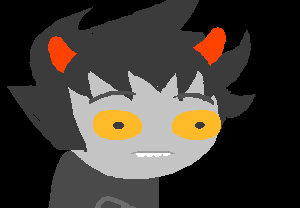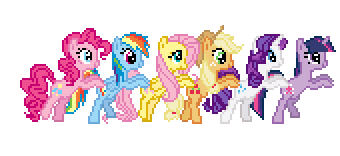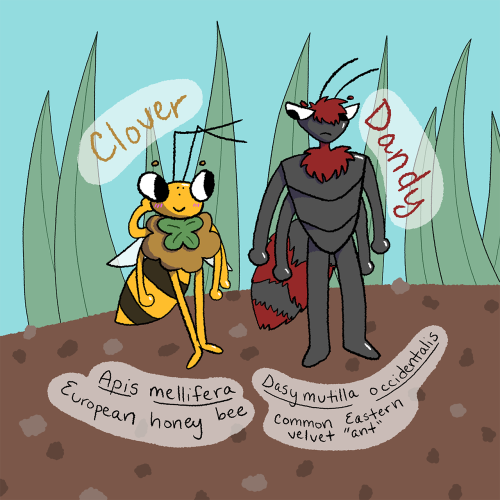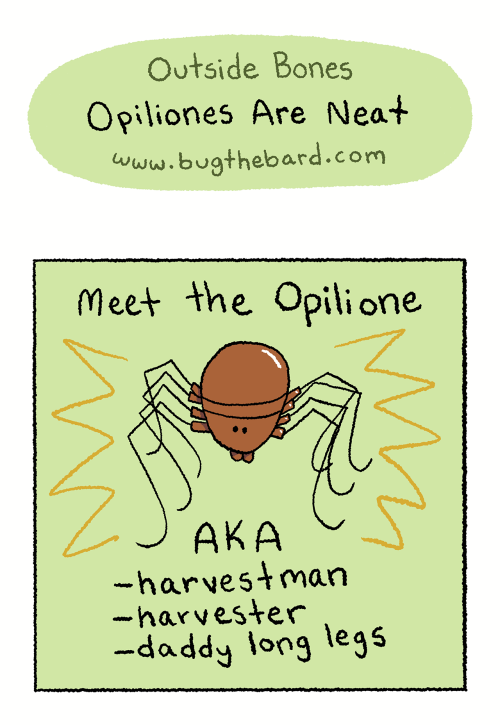Invert - Tumblr Posts
pinned thing
read before interacting ^_^

uhhh we're bodily a black minor and we like homestuck, dan vs, and spooky month. expect some vent/rant posts
F/O LIST (selfship)




The ground nesting bees have decided the weather is good enough to make an appearance. If you see these lil gals, please let them be(e)! They’re very unlikely to sting (I’ve bothered them so much, no stings) and are great for native plants! iNaturalist suggests to me these particular bees are the unequal cellophane bee, Colletes inaequalis.

neon house centipedes in your house at night (but it's okay because they eat neon cockroaches)

The rather large (by mosquito standards) elephant mosquito, Toxorhynchites rutilus, with jack-in-the-pulpit plants. Designed for a fellow lab member that works with mosquitoes. Though you may not be a mosquito fan, you might like this one - as larvae, they eat other mosquito larvae. As adults, they don't bite but instead both males and females feed on sugary substances.

My research partner (the house centipede - Scutigera coleoptrata) with my favorite flower. House centipedes pay rent with labor, eating cockroaches and any other bugs they might find. They’re also clean little houseguests - they carefully groom themselves, one leg at a time.

Here are a couple of my lil bug OCs! Clover is a European honey bee and Dandy is a common Eastern velvet ant (which are not ants, but actually wasps!). They end up on a misadventure when Clover gets lost and needs Dandy's help to find her hive again.







References:
Dunlop, J. A., Anderson, L. I., Kerp, H., & Hass, H. (2003). Preserved organs of Devonian harvestmen. Nature, 425(6961), 916–916. https://doi.org/10.1038/425916a
Machado, G., & Raimundo, R. L. G. (2001). Parental investment and the evolution of subsocial behaviour in harvestmen (Arachnida Opiliones). Ethology Ecology & Evolution, 13(2), 133–150. https://doi.org/10.1080/08927014.2001.9522780
Martens, J. (1993). Further cases of paternal care in Opiliones (Arachnida). Tropical Zoology, 6(1), 97–107. https://doi.org/10.1080/03946975.1993.10539212
Mora, G. (1990). Paternal care in a neotropical harvestman, Zygopachylus albomarginis (Arachnida, Opiliones: Gonyleptidae). Animal Behaviour, 39, 582-593.
Nazareth, T. M., & Machado, G. (2009). Reproductive behavior of Chavesincola inexpectabilis (Opiliones, Gonyleptidae) with description of a new and independently evolved case of paternal care in harvestmen. Journal of Arachnology, 37(2), 127–134. https://doi.org/10.1636/ST08-32.1
Shear, W. (2009). Harvestmen: Opiliones—Which include daddy-long-legs—Are as exotic as they are familiar. American Scientist, 97(6), 468-475.





A couple of tags on my previous comic about Opiliones were talking about other daddy longlegs - that’s the trouble with common names!
(Deleting and reposting because I realized I uploaded it wrong - sorry to anyone who commented, I’m still getting used to Tumblr again and very much enjoying it!)

Potential application for Mastigoproctus giganteus, the giant vinegaroon.
Vinegaroons are a lesser known order of arachnids, the Thelyponida. They don’t have venom but they can spray acetic acid, the main component of vinegar! Though these funny little critters may look intimidating to some, they’re harmless unless you’re a small prey insect (or you can’t stand the smell of pickles).

A little guy flies by to say hello.